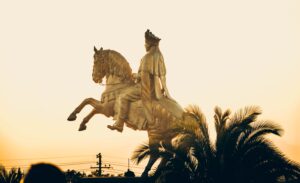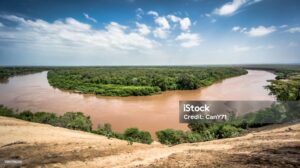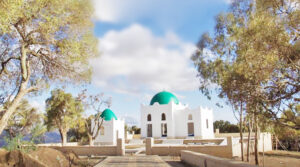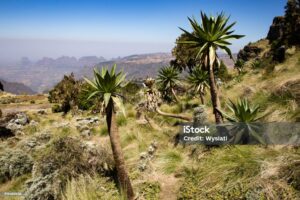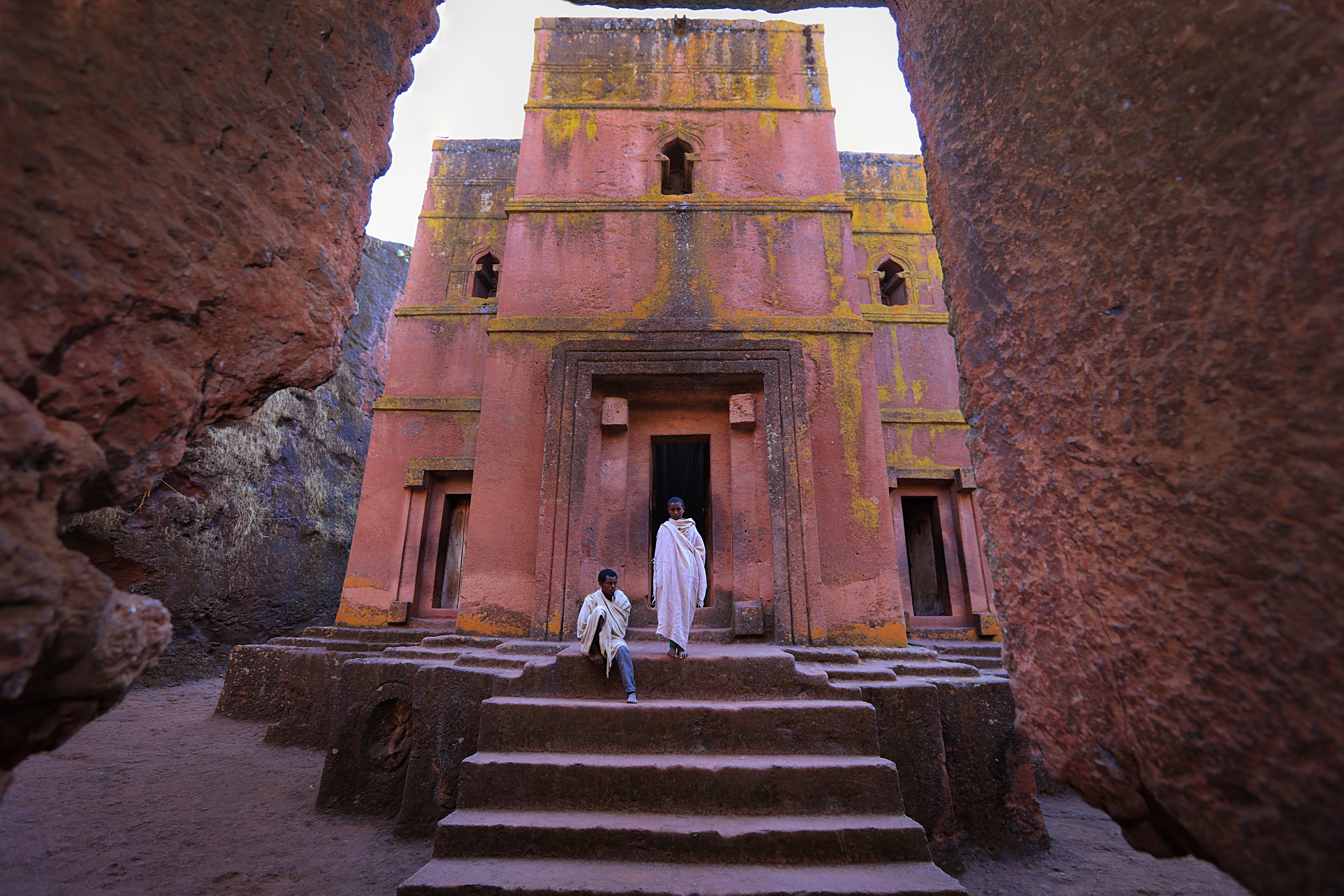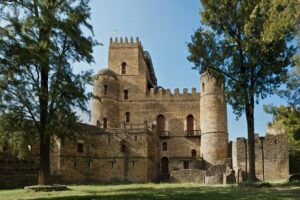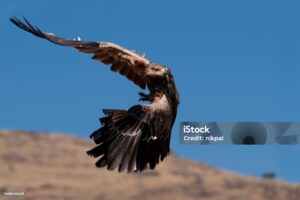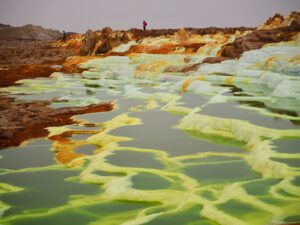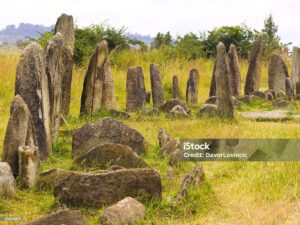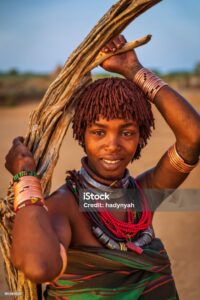Ethiopia, a country of attractions worth visiting
Ethiopia has been independent country since the last three million years; we Ethiopians have survived dynamic historic changes and Ethiopia is the birth place of endogenous civilization. Today’s Ethiopia was once in control over the entire east African territory. At that it was one of the world famous influential powerhouses with absolute control over the Red Sea; Indian Ocean trade routes and south Arabian countries.
Ethiopia is a country of variety, uniqueness, freedom, colorful culture, religions, legends, natural beauty and much more…
On the map of east Africa, Ethiopia is easily found in the area called “The Horn of Africa” covering a total area of 1,235,000sq.km. It shares boundaries with Kenya, Sudan, Somalia, Eritrea and Djibouti to the west, South-east, North and East respectively. Ethiopia ranks second in African in population and land size with estimated 115 million people at present even though a census has not been conducted after 2016 G.C. Ethiopia hosts over 80 types of ethnic groups all of which speak different languages and have their own cultural codes and ways of life. It is now the seat of African Union where a number of international and crucial political and economical meetings take place and the hub of international flights.
The cultural difference which is a result of immense tribal differences can be seen among the individual tribes and rich in culture and a variety of dialects. Ethiopia prides itself on being the only nations in Africa to have its own language (Amharic) the official language of the country and its own old alphabet ( Ge’ez) only functional in churches these days.
The national dish is “Injera” that has been found to be gluten free with no protein. Ethiopia was the first country to build a Christian church ( Bete Cristian) and Islamic Mosque (Mesjid) on African soil. Christianity crossed the border in the 4th century AD during the time of Axumite kingdom. This first church is believed to shelter the original Ark of the Covenant that was brought from Israel by king Menelik I of Ethiopia. It is found in the town of Axum, in northern Ethiopia. Besides, it is here that the famous pre-Axumite obelisks standing steal. It is believed that the erection of these obelisks dated back 300-200BC. The tallest one (33m) has fallen down; the second (27m) was stolen by Italians but brought back after a long diplomacy and it is re-erected and the third one (23m) still stands. These structures are the tallest on earth to be curved out of a single rock.
Most of Ethiopia’s Muslims are Sunnis, members of the largest sect of Islam. Islamic religion arrived early in Ethiopia. The prophet himself instructed his followers to respect and protect Ethiopians when they introduced the faith in to the country. In 615 Muhammad’s wife and cousin sought refuge at Axum with a number of their followers. This group was feeling from Mecca’s leading tribe, the reactionary Kuraysh who sent emissaries to bring them back to Arabia, but the present ruler of Abyssinia, Negashi refused to send them back and protected them. In the 7th c Islamism had been introduced in Ethiopia. An influx of immigrants and traders from Oman and Yemen during the following centuries increased the number of Muslims in Somalia, Eritrea, and what is now Ethiopia. In the coastal area Islamic law gradually took root and by the fourteenth century it was the bases for the official juridical code of some regions.
This reflects political realities; most of the inhabitants of this eastern region are now Muslims. Their coexistence with Christian was not always an easy one, and the Sultans who ruled over parts of Ethiopian territory came into open conflict with the Christian kings.
Ethiopia is considered to be the home of humankind. The 1974 discovery of Lucy, locally called “Dinkinesh” meaning you are special bring this to be true. The 12th century town of lalibela located in northern western Ethiopia has been home to the extraordinary curved rock hewn churches since the reign of Kind Lalibela (1181-1221AD). Theses eleven rock-hewn churches are sometimes referred to as the eighth wonder of the world. Gondar, the town of the castle and the 17th century Ethiopian capital has great historical importance. It was here that king Fasiladas relocated the former capital. The best example of medieval period church is that of Debre Birhan Selassie which adds to Gondar’s beauty.
Southwards, the Rift Valley system is another wonderful region where many other attractions are situated. The six or seven Rift Valley crater lakes are home to a large number of birds and marine life. They are also a paradise for nature, bird and water lovers. National parks with their exotic birds, animals, and plant lives add to the beauty of Rift Valley region. Beautiful landscapes and natural features are the most enjoyable components of the system. Such as salt lakes, active volcano sites and caravan routes are still among the best Ethiopia attractions in the Rift Valley.
Further south is the Omo Valley, with its popular ethnic treasures. This is where about 50% of Ethiopia ethnic group is vivid: the konso with their terraced agriculture and rituals; the Mursi with their clay lip plates and barbarian life style; the Hammer with their bull jumping ceremony, which young men must experience in order to qualify for adulthood; Caro with their paintings and adornment. Here unusual traditions such as dance, music, and ritual from birth to marriage and burial are still observed in their genuine and original form.
